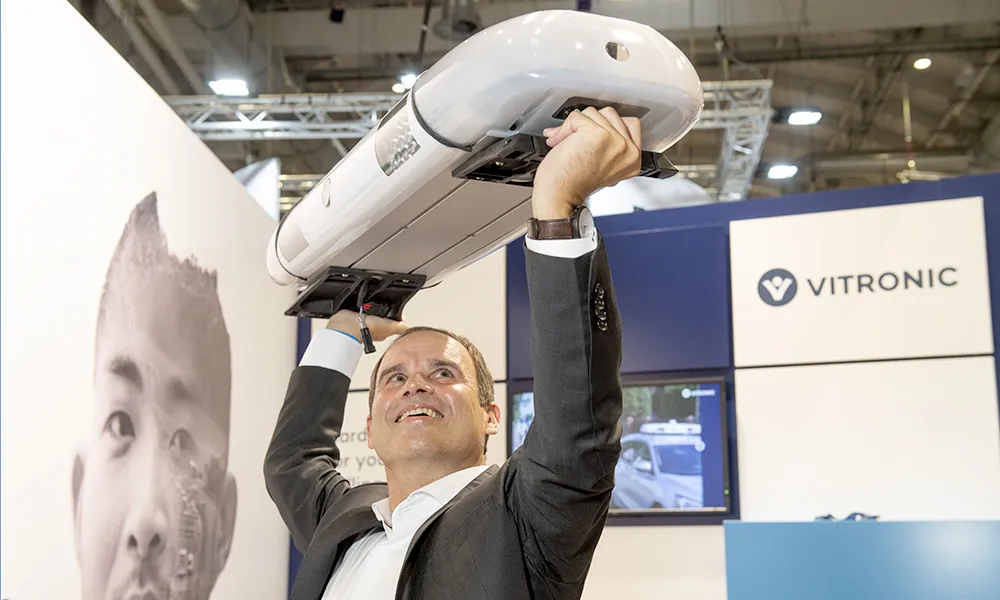Pitney Bowes has entered into a multi-year partnership with traffic information provider Inrix to deliver advanced location intelligence solutions through the company’s traffic intelligence platform.
By integrating location capabilities with traffic analysis and delivering this information through Inrix’s mobile app, Inrix and Pitney Bowes will enhance the driving experience of today’s connected drivers, enabling them to make location-based decisions in real-time.
April 29, 2014
Read time: 2 mins
By integrating location capabilities with traffic analysis and delivering this information through Inrix’s mobile app, Inrix and Pitney Bowes will enhance the driving experience of today’s connected drivers, enabling them to make location-based decisions in real-time.
Inrix has designed a traffic intelligence platform that uses Smart data and advanced analytics to solve transportation issues worldwide. The company uses a unique approach called “Smart crowd-sourcing” that analyses real-time traffic speed and incident data from a wide variety of public and private traffic sources ranging from road sensors and up-to-the-minute traffic speeds and community reports crowd-sourced from millions of vehicles and Mobile Devices throughout the day.
Pitney Bowes location intelligence solutions merge organisational data with location data. For Inrix, this technology compiles and correlates addresses with coordinates from a mobile device to establish real time location or a desired destination. Combining that with other data such as specific traffic flow, demographics and behaviour patterns provides users with advanced location search based on the data collected about user preferences, convenience, proximity and projected traffic patterns.










